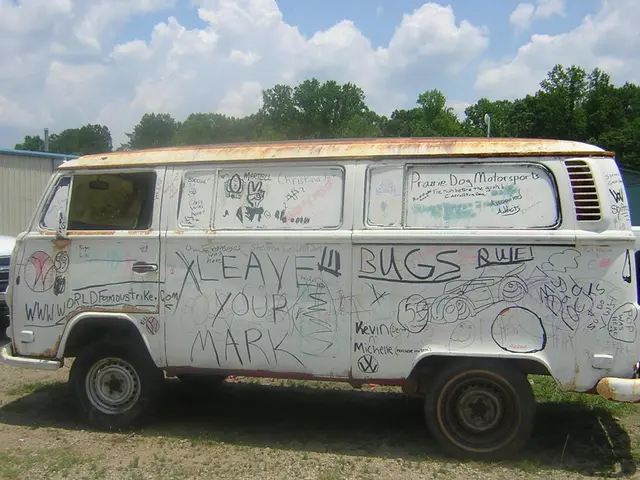Ottawa persists in outfitting its transportable vehicles
Light Reading:
Hey there! Got a scoop for ya about those mobile health units the Canadian government deployed during the COVID-19 pandemic. Turns out, these suckers cost a pretty penny to maintain and keep cozy in storage.
Two years post-pandemic, the feds are still trying to dish 'em out, and they're currently parked, waiting for their turn. Documents reveal that the original contracts for these mobile hospitals, signed with Weatherhaven and SNC-Lavalin, exceeded the whopping 200-mill mark.
These bad boys were designed to care for patients with serious respiratory issues, helping out overwhelmed hospitals. They were gifted to Ontario but saw limited action. The government had to tuck 'em away, as their compact size made them a bit difficult to handle.
One of these units took a whopping 75 truckloads to move. That's almost as many vehicles as Taylor Swift used for her Eras tour!
Now, here's where it gets interesting. Since the pandemic, issues have popped up regarding these mobile health units:
- Barely any Use: Despite being put to work during the pandemic, these units only treated a handful of patients. This has raised questions about their worth and the resources poured into them.
- Selling Them Has Been a Drag: The government has faced hurdles in getting rid of these units. Negotiations to rehome or donate them have been ongoing since last year, but progress has been painfully slow.
- Expensive Upkeep: Maintenance fees stay high, with the government planning to fork over around $8.4 million for maintenance fees over a span of 12 to 18 months to pass these facilities to new owners.
- Complexity: The units are a techy mess, which might hinder the transfer process due to their specialized nature.
In Summary: These mobile health units were part of a quick reaction to the pandemic, but their limited use and the challenges in off-loading them have shown that planning and managing resources more efficiently is crucial for the future. So, keep an eye out for news on what happens to these mobile hospitals!
The following findings suggest that the mobile health units, initially deployed during the COVID-19 pandemic, have yet to demonstrate significant usefulness in medical-conditions management, raising questions about their value and the allocation of substantial finance for their maintenance and potential resale. The complex nature of these units, combined with their high cost for upkeep, has presented challenges for health-and-wellness authorities aiming to pass these facilities onto new owners, hindering their ability to focus on other health-and-wellness initiatives.







